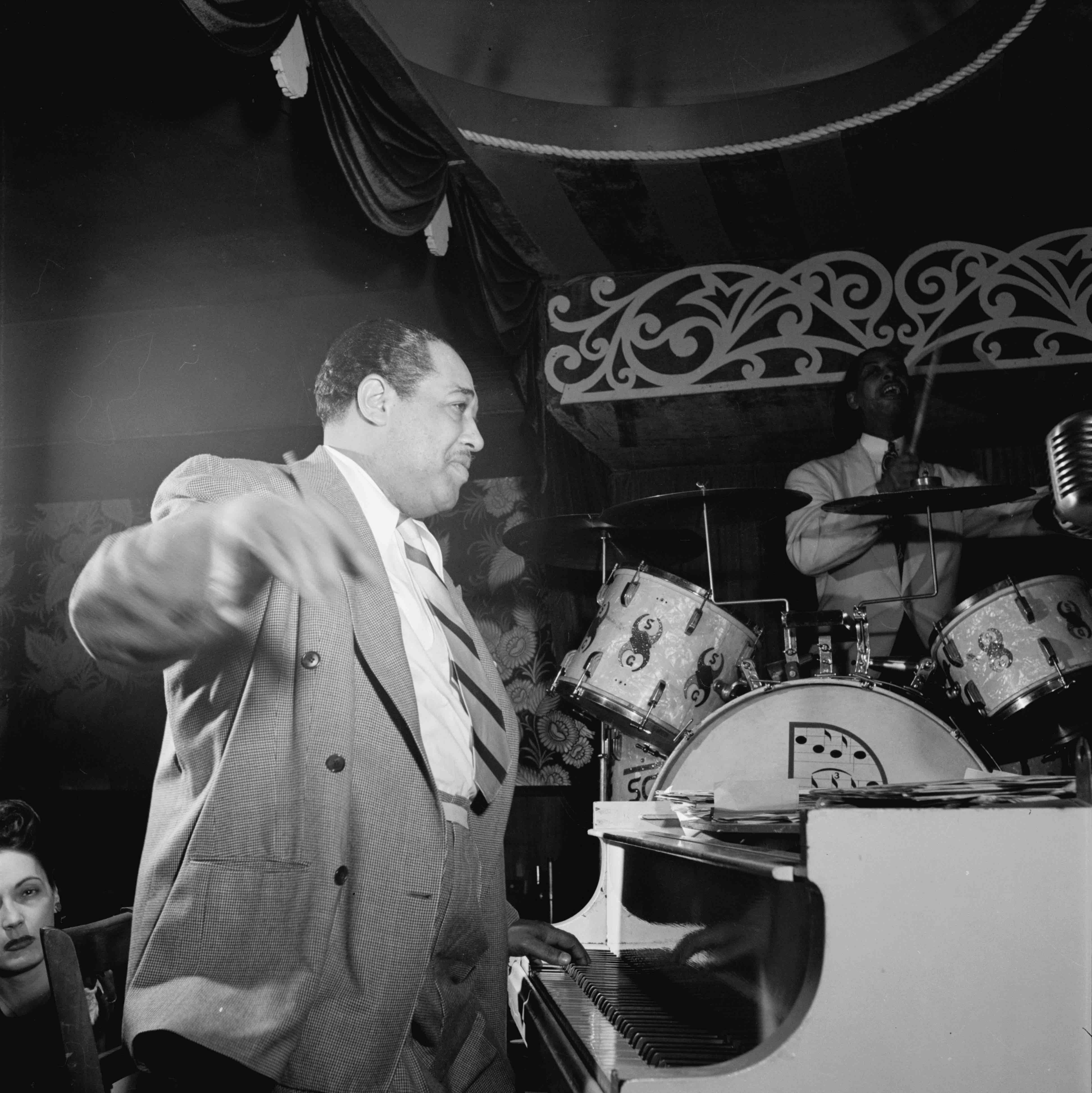
History and Culture
Where does Lindy Hop come from?
Lindy Hop is nearly a century old! It comes from the 1920s and 30s, and – like the jazz music that inspired it – Lindy Hop has deep roots as a uniquely Black American art form.
It’s also important to know that Lindy Hop specifically, and in general Jazz music and dance, was borne of a culture of oppression and racism. Nowadays when we talk about the 1920s and 30s we might think of movies like The Great Gatsby, or of the Great Depression, but jazz culture is hugely informed by the racism and segregation that Black Americans faced at that time – swing music, and Lindy Hop, were a defiant reaction to the oppression and hardships that people were facing, a joyous resistance and expression of freedom.
Check out this video to learn more about how the Lindy Hop was created, including some of the ragtime and jazz-era dances that came before it:
Hellzapoppin’ (1941)
The dancing: This might be the most famous lindy hop clip of all time, and deservedly so. The dancers, the top performance troupe Whitey’s Lindy Hoppers, choreographed by Frankie Manning, are explosive and energetic and just all-around amazing. In this version, the clip has been colorized, and our friend Andy Lewis has resynchronized the sound.
Historical note: Aside from the impressive and inspiring dancing, this clip is a sobering reminder of racism. You’ll notice that the dancers are dressed as servants instead of fancy performance clothes; this is in order to make it palatable for white people of the time to watch Black people on film. Also, this film, as many back then, was created so that the entire scene with Black people could be edited out for showing in the southern U.S.
Al Minns and Leon James dancing Charleston (1961)
Al and Leon were two of the most prominent Lindy Hoppers of the original era. They were, like most dancers of their day, equally accomplished as solo and as partnered dancers. In this clip, they are mostly dancing the Charleston solo; toward the end they also demonstrate some partnered Charleston and a few comic elements they seemed to love doing.
This video footage is from well after the swing era was over, but it gives us a great chance to see Al and Leon strut their stuff. Al and Leon didn’t stop Lindy Hopping – they continued dancing, and spreading the dance, even touring and appearing on 1960s talk shows such as in this clip.
Dean and Jewel in Buck Privates (1941)
In the 1930s and into the 40s, swing music, and Lindy Hop, became more and more popular, spreading from Black communities, to be adopted by whites and other communities across the country, and eventually the globe. It was a huge craze, and became a feature in many Hollywood movies of the time. Here are two of the most famous Hollywood dancers: Dean Collins (who had learned to Lindy Hop in Harlem before moving to Los Angeles) and his partner Jewel McGowan. Thanks to Black Pepper Swing for making this colourised version available.
Dean and Jewel, as white dancers, would have had many more show business opportunities than Black dancers such as the Whitey’s Lindy Hoppers in the clip above. White dancers’ prevalence on film can sometimes make it seem as though the dance was more popular with white people, but actually this is simply a result of opportunities given to them and denied to Black dancers whose access was often actively suppressed by Hollywood and other industries.
What Happened to Lindy Hop after the Swing Era?
In the late 1940s the big band era died out and popular music moved on. Swing dancing was no longer a huge craze across the globe, but it didn’t die out. Social dancing evolved along with popular music to create new dance styles, and in the meanwhile dancers like Mama Lou Parks were important culture bearers, keeping swing alive. There is a popular myth that swing dancing “died” in this period, and that our modern Lindy Hop scene is a “revival”. Check out Katie’s myth-busting video!
(Extra reading: here’s the Swungover blog post that Katie refers to in her video.)